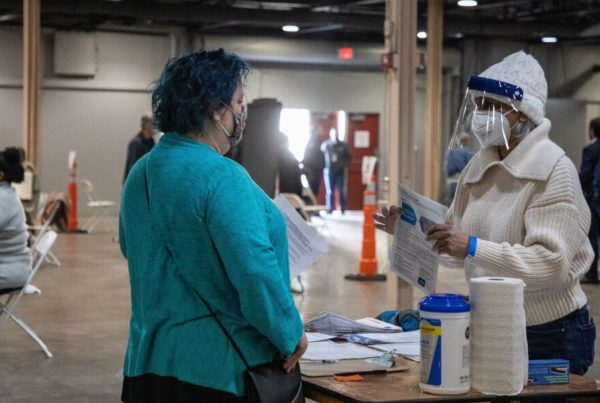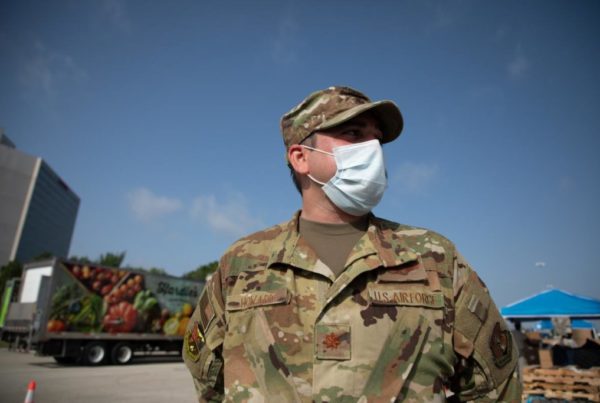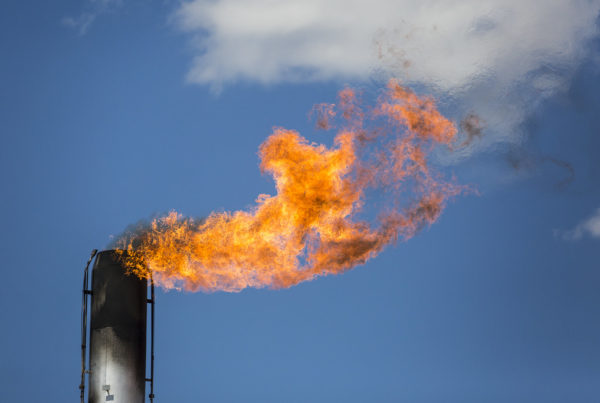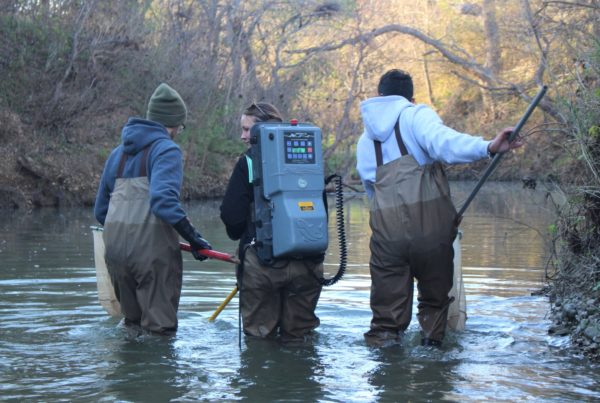Last month will go on record as the warmest December since 1889, and quite possibly the warmest winter month in Texas ever.
John Nielsen-Gammon, Texas state climatologist and a professor of atmospheric sciences at Texas A&M University, tells Texas Standard that never before has the state had an average monthly temperature more than 10 degrees above normal. Listen to the interview with Nielsen-Gammon in the audio player above or read the transcript below to learn more about how climate change plays a role and what to expect for weather in the coming year.
This interview has been edited lightly for clarity.
Texas Standard: You say Texas has never had any month more than 10 degrees above the 20th-century average until now. What’s that 20th century average? And what happened in December?
John Nielsen-Gammon: Yeah, the 20th-century average was about 46.9 degrees, so average across the state. Average of daily maximum/minimum temperatures this December, it looks like it’s going to come in at around 59 degrees Fahrenheit, so about 12 degrees warmer than the long-term average, which would be a very warm day, but it was a ridiculously warm month.
Climatologists don’t seem to like to pin a single weather event to climate change, but was it global warming that caused this record-setting heat?
No. I mean, global warming contributed to it. We wouldn’t have had the same sequence of weather if the climate were different, but global warming has basically raised the baseline. Temperatures in Texas are about two degrees warmer nowadays than they were in the 20th century, on average.
So one way of looking at it is you have, December was a couple of degrees warmer than it would have been otherwise. It still would have broken the official record without global warming. The other question, though, is whether global warming contributed to extremes in the sense of making the temperatures more variable than they would have been. And right now, the evidence is that it actually works the other way. But temperatures don’t tend to have as large a swing in the wintertime as they used to before the climate got this warm.
And I understand it’s not that this was necessarily the hottest December in Texas ever. What winter month in Texas had comparable warmth.
The only one I can find that was similar is before the official statewide averages kicked in, and that was in December 1889, quite a ways back. And then, you know, the temperature records are taken a bit differently back then. But looking at the daily numbers, basically, they made it all the way to Dec. 29 before they got their first cold front of the month. So it just stayed ridiculously warm the whole month. And that’s basically what we saw here. We had a couple couple of cold fronts come through, but the last part of that month just stayed warm until the cold front came in on the new year.
An average of 59 degrees – is this the hottest December ever if these numbers hold out?
It’s similar. You can’t really tell; I call it a virtual tie with 1889, and we don’t really have good numbers before that. Conceivably, something a few millennia ago was warmer, but we’ll never know.
More than two-thirds of the state is in drought already, and at least 10% of it is in extreme drought. What do these high temperatures mean on that front?
Yeah, the problem is we’ve had very little rain in December, and also large rates of evaporation. The high temperatures were just basically sucking water out of the ground plants or sucking water out of the ground. And so things are much drier than they would be, even given the fact that it was a very dry month. So we’re seeing drought conditions expand across the state, which means problems for ranchers, mainly.
Is that also affecting the winter wheat crop?
Yeah. Fortunately, water supplies will take a longer period of dryness to really affect this. We’re also seeing a fairly active winter wildfire season with everything dry, and now we’ve got some cold temperatures to make everything dormant. We have to watch out for wildfires for the next few months.
What else might we expect for the rest of the winter or for 2022 as a whole?
We know that La Niña tends to bring warmer-than-normal temperatures, and we’ve got a La Niña now, so that also contributed. And so the expectation is continued above-average temperatures for the most part. One possible outcome of this, if we don’t get a whole lot of cold fronts, we could see an early start to hurricane season next May or June because the Gulf of Mexico will be able to reach warm enough temperatures sooner than it would normally.














